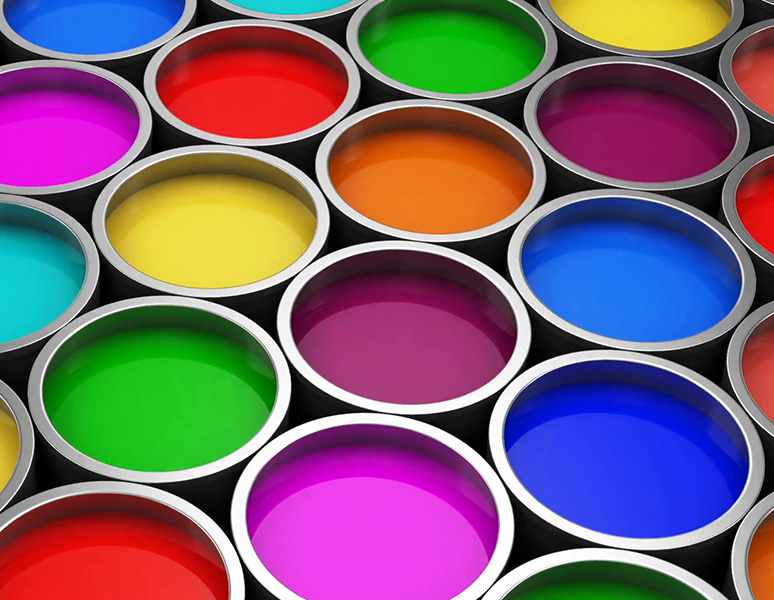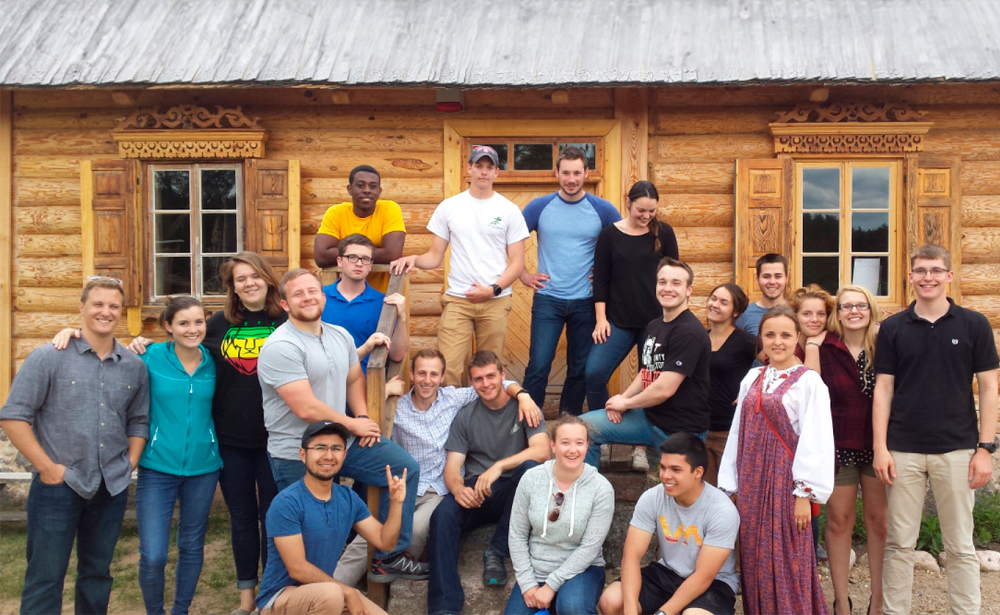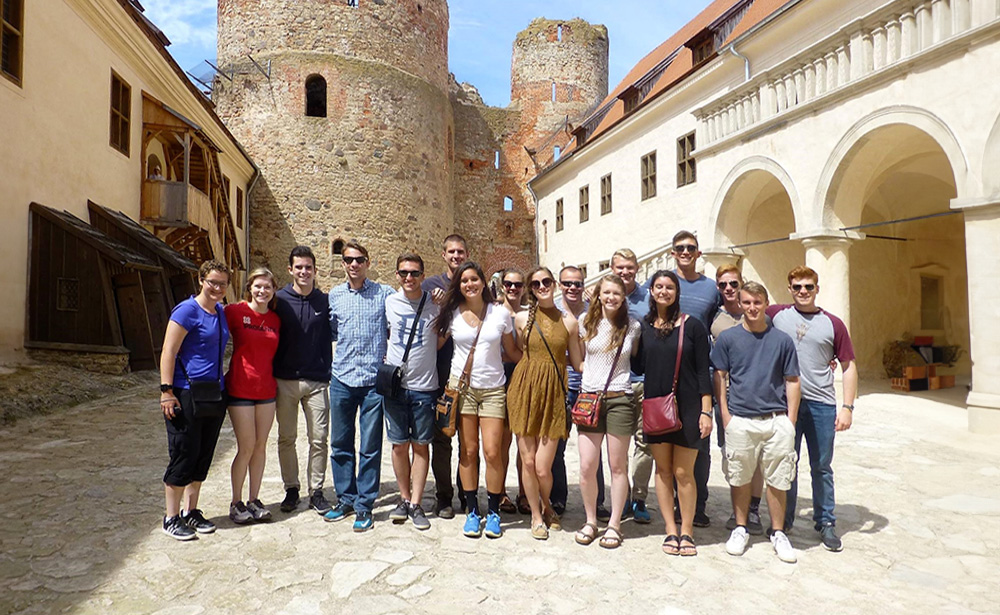Let’s Learn Colors in Russian
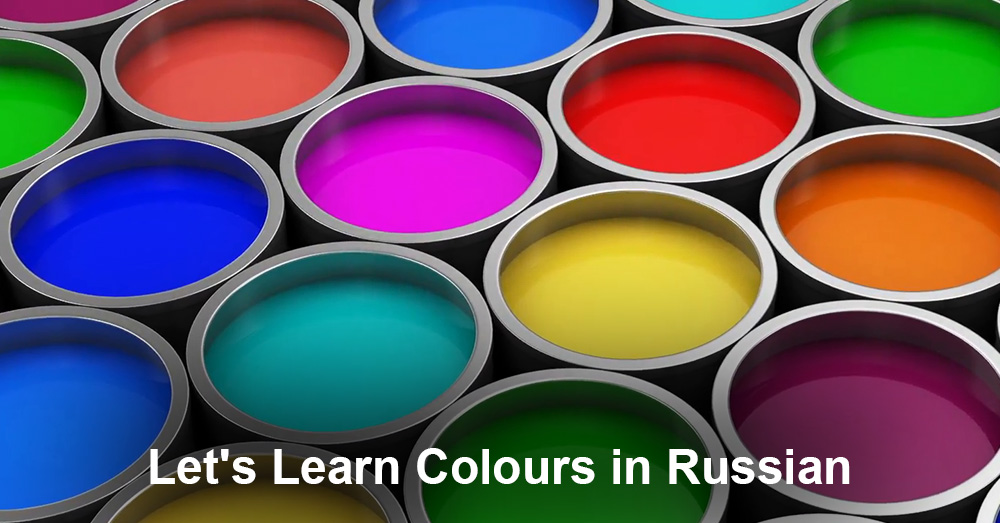
Today we are going to speak about names of various colors in Russian. Some colors you probably already know, but others will be completely new for you. You will be surprised how often you will need to use names of various colors to describe things which you use every day.
You will also be able to start new conversations with your Russian-speaking friends and tell them about your favorite colors in Russian. Or when you go shopping, you might need to describe what you are looking for.
Well, let’s start!
Красный (KRAHS-niy; red)

For example:
Я люблю красные розы. (Transliteration: ya lyublyu KRAHS-niye rozy)
I love red roses.
Оранжевый (ah-RAHN-zhih-viy; orange)
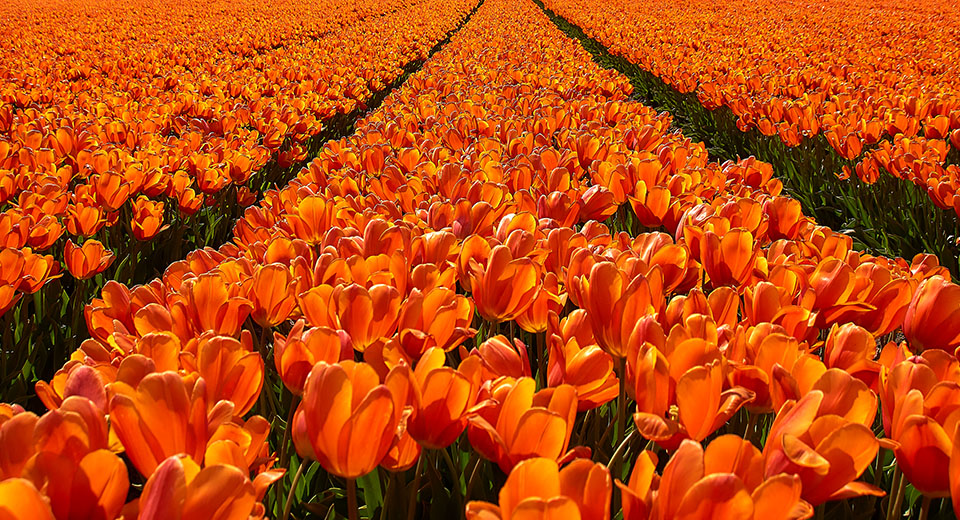
For example:
У него есть оранжевый карандаш. (Transliteration: U nego est ah-RAHN-zhih-viy karandash)
He has an orange pencil.
Желтый (ZHOHL-tiy; yellow)
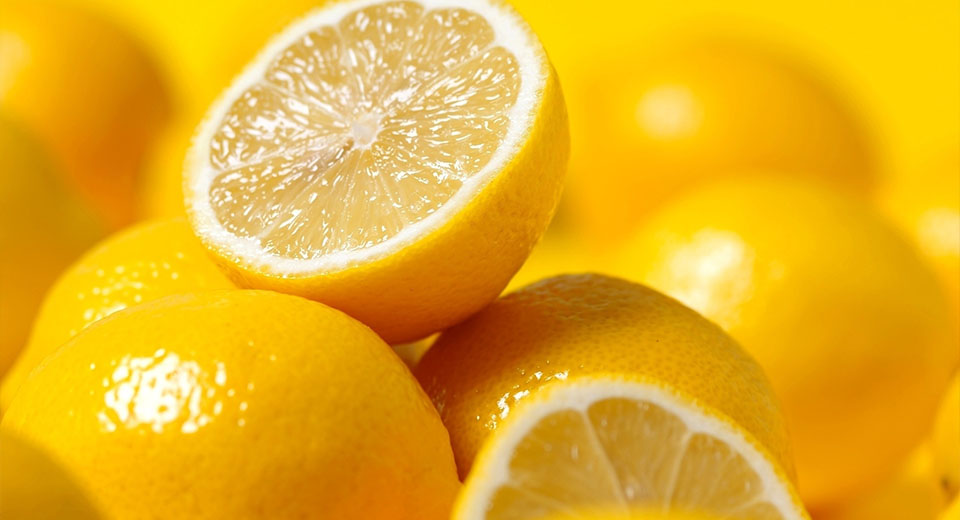
For example:
У нее есть желтая кофта. (Transliteration: U neye est ZHOHL-taia kofta)
She has a yellow jacket.
Зеленый (zee-LYOH-niy; green)
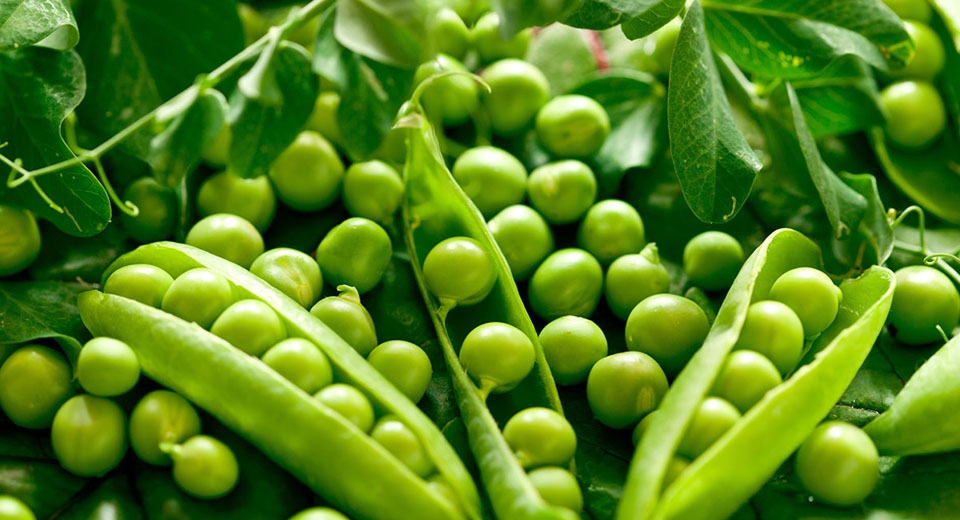
For example:
У него зеленые глаза. (Transliteration: U nego zee-LYOH-niye glaza)
He has green eyes.
Голубой (gah-loo-BOY; sky blue, azure)
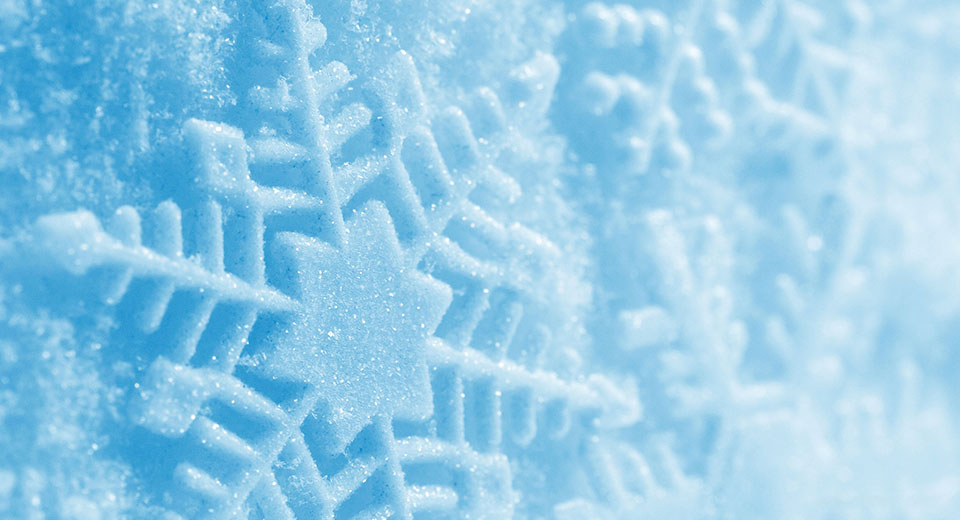
For example:
К дому подъехала голубая машина. (Transliteration: K domu podyekhala gah-loo-BA-ya mashina)
A sky blue car drove up to the house.
Синий (SEE-neey; blue)
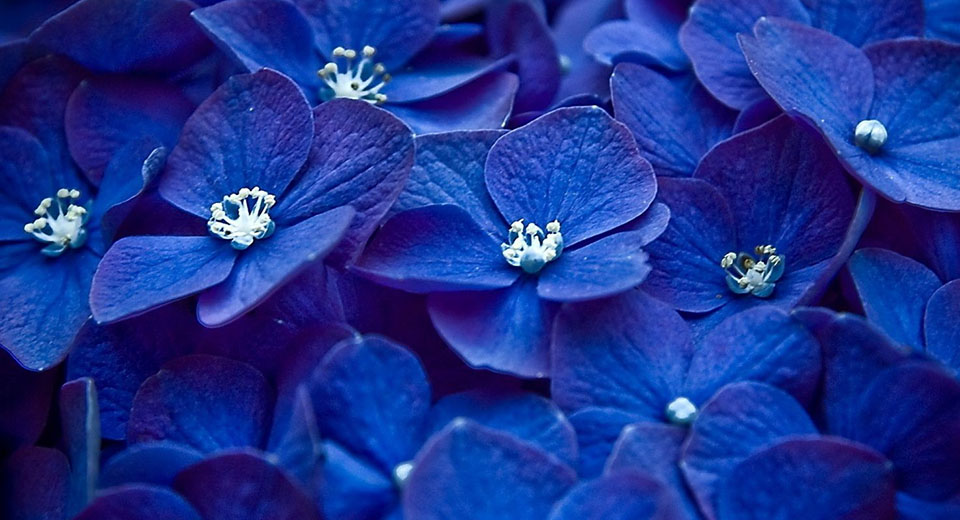
For example:
Они подарили мне синий мяч. (Transliteration: Mne podarili SEE-neey myach)
They gave me a blue ball.
Фиолетовый (fee-ah-LYEH-toh-viy; violet)
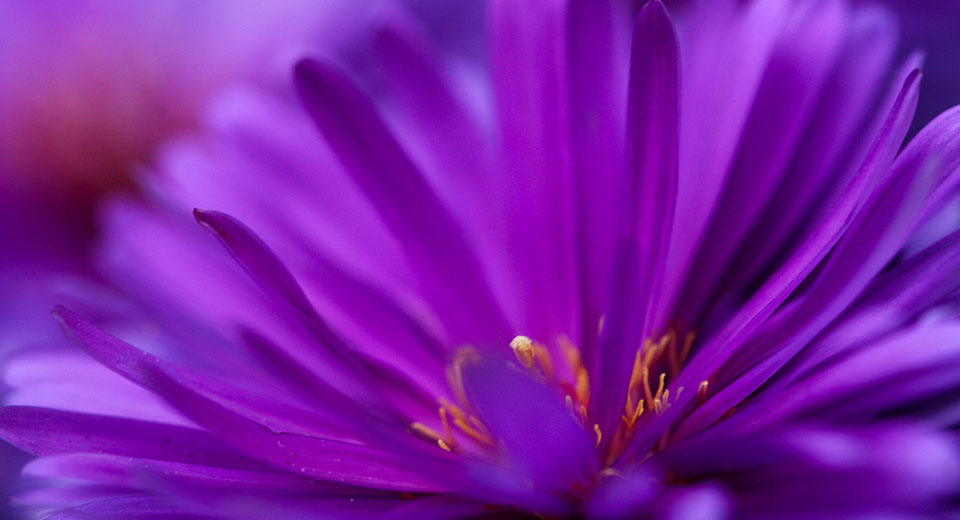
For example:
У нее фиолетовая сумка. (Transliteration: U neye fee-ah-LYEH-toh-vaia sumka)
She has a violet bag.
Черный (CHYOHR-niy; black)

For example:
К этому платью подойдут чёрные туфли. (Transliteration: K etomu platyu podoydut CHYOHR-niye tufli)
The black shoes will suit well to this dress.
Белый (BYEH-liy; white)
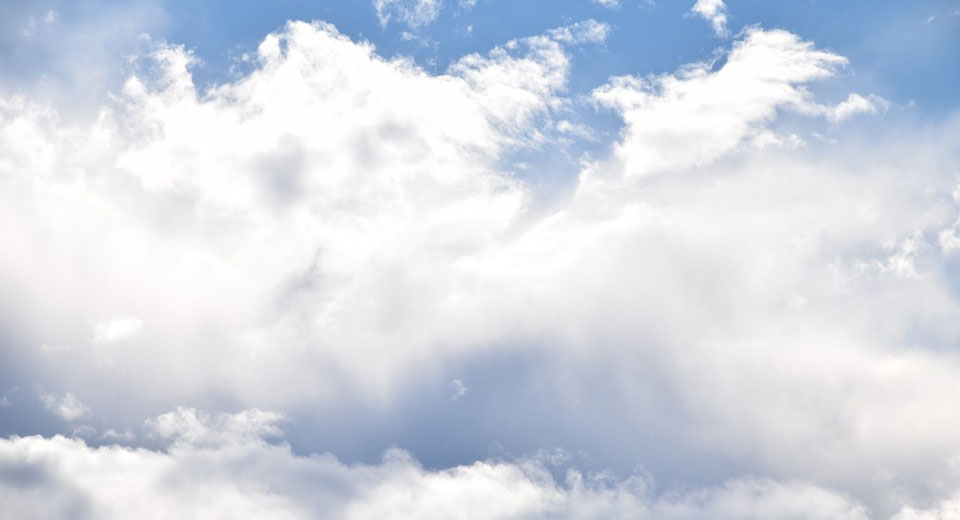
For example:
По небу плывут белые облака. (Transliteration: Po nebu plyvut BYEH-liye oblaka)
White clouds float across the sky.
Коричневый (kah-REECH-nee-viy; brown)
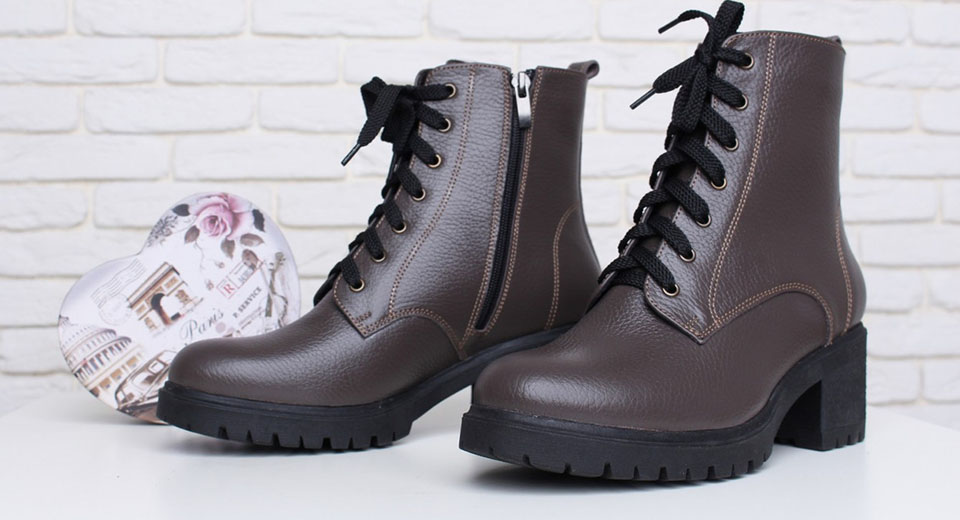
For example:
У нее коричневые ботинки. (Transliteration: U neye kah-REECH-nee-viye botinki)
She has brown shoes.
Серый (SYEH-riy; grey)
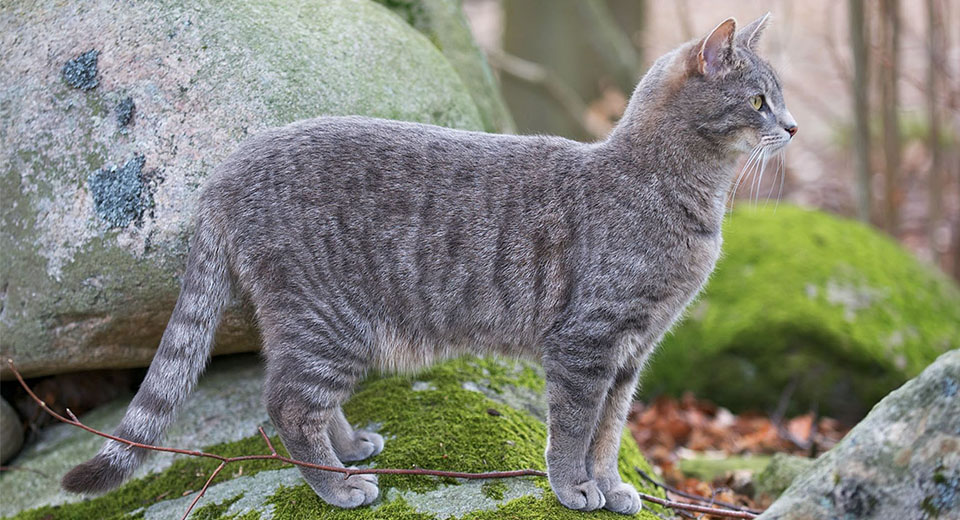
For example:
Этот кот – серый. (Transliteration: Etot kot – SYEH-riy)
This cat is grey.
Розовый (roh-ZAH-viy; pink)
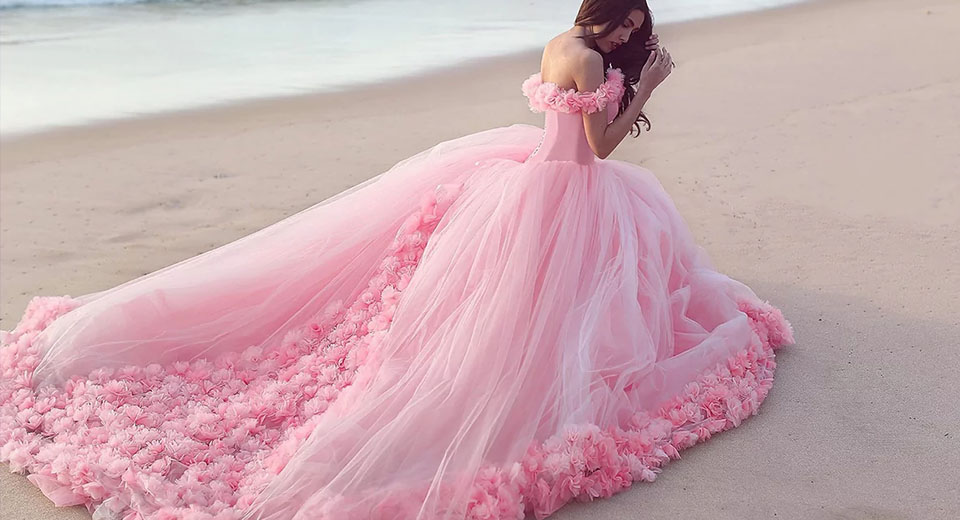
For example:
Ее платье розового цвета. (Transliteration: Yeyo platye roh-ZAH-vogo tsveta)
Her dress is pink.
Russians also have a great saying which helps memorize names of rainbow colours in Russian. The first letter of the name of each colour corresponds to the first letter of each word which in this phrase: Каждый (красный – red) Охотник (оранжевый – orange) Желает (жёлтый – yellow) Знать (зелёный – green) Где (голубой – sky blue) Сидит (cиний – blue) Фазан (фиолетовый – violet, purple).
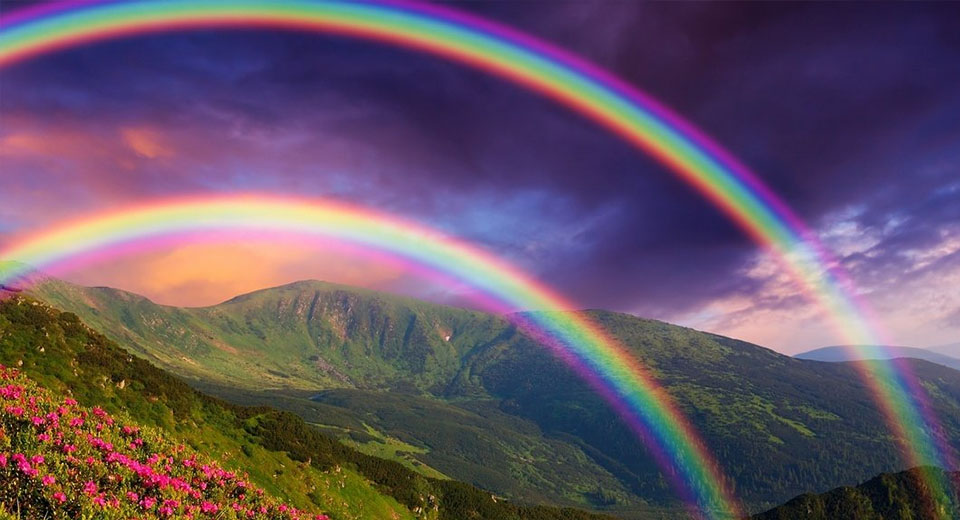
It is important to remember that words that denote names of colors in Russian are adjectives, so they may be masculine, feminine, neuter, or plural depending on the noun they describe. If it describes a masculine noun, it ends in -ый (yi); if it describes a feminine noun, it ends in -ая (aia); if it describes a neuter noun, it ends in -oe (oe).
For example:
- красная рубашка (ж.р.)
KRAHS-naia rubashka (f.)
the red shirt
- красное вино (ср.р.)
KRAHS-noe vino (n.)
red wine
In order to find out the color of an object you should ask the following question “Какого цвета …?”(What color is…?). You should pay attention to the word “цвет” (color) – it is used in the Genitive case – «цвета’».
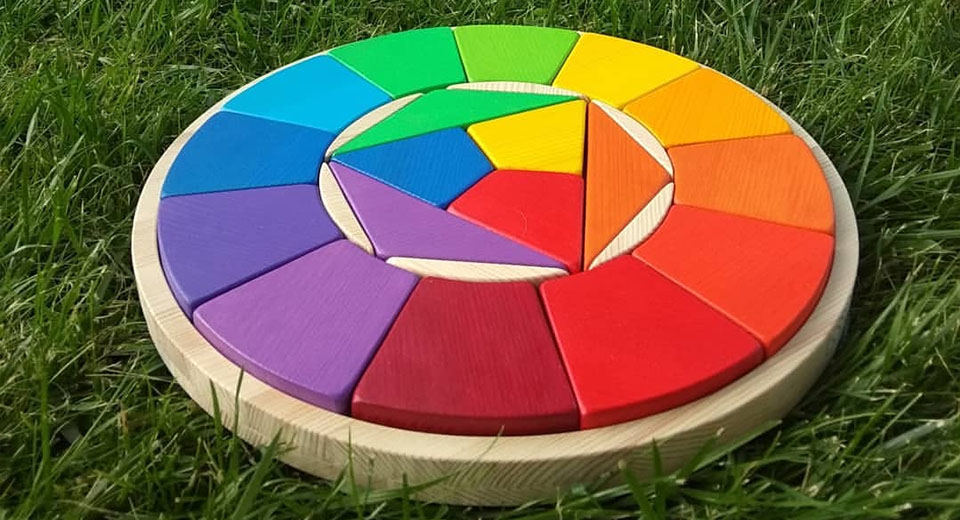
For example:
- Какого цвета её платье? (Kakogo tsveta eye platye?) What color is her dress?
Её платье красного цвета. (Ee platye KRAHS-nogo tsveta) Her dress is red.
- Какого цвета небо? (Kakogo tsveta nebo?) What color is the sky?
Небо голубое. (Nebo gah-loo-BOYE) The sky is blue.
Now, after having read this article, you know most of the words which denote colors in the Russian language. We hope it will help you communicate better in everyday situations.
You may be interested
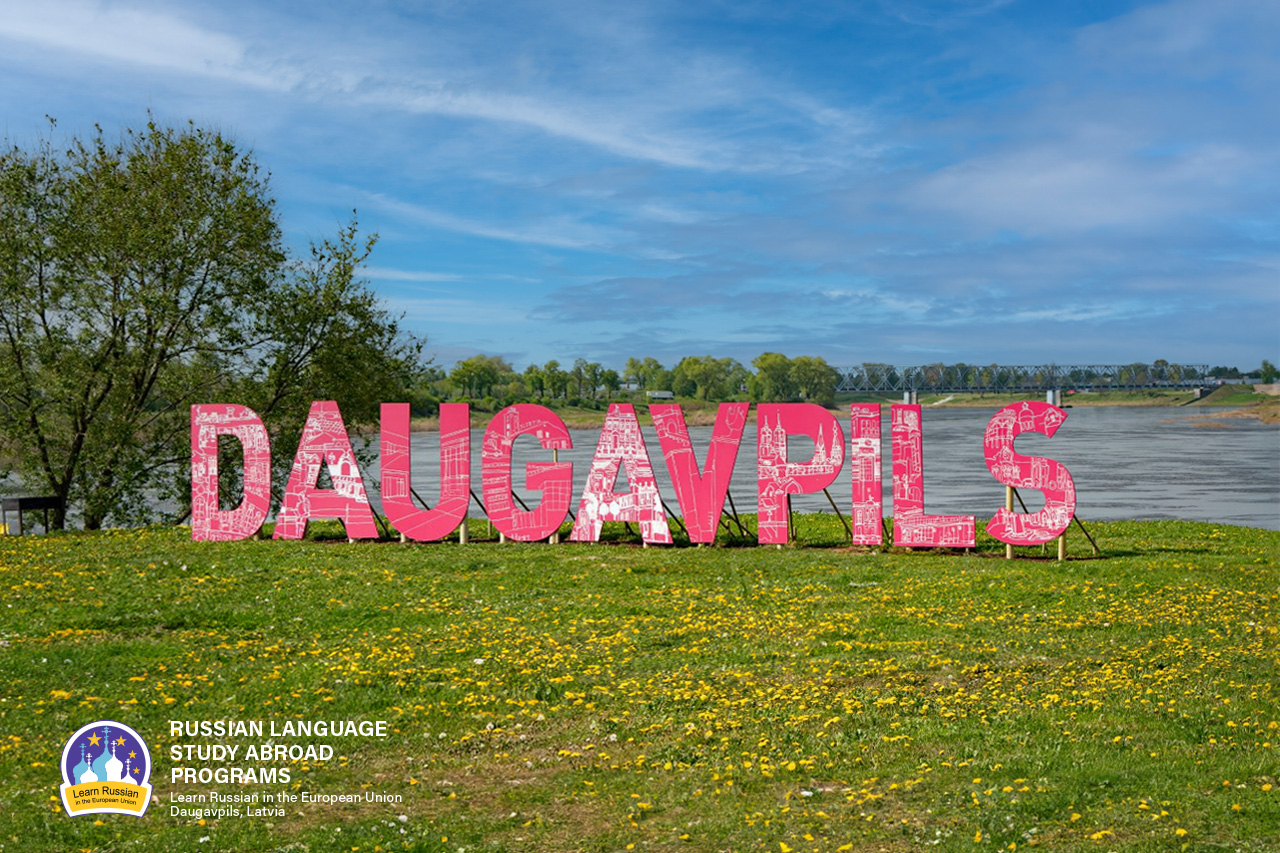
Why do people speak Russian in Daugavpils?
As it seems to us, Daugavpils is the best place to learn Russian now, because our city is situated in the EU and NATO, but at the same time 90% of the city’s population speak Russian at home.
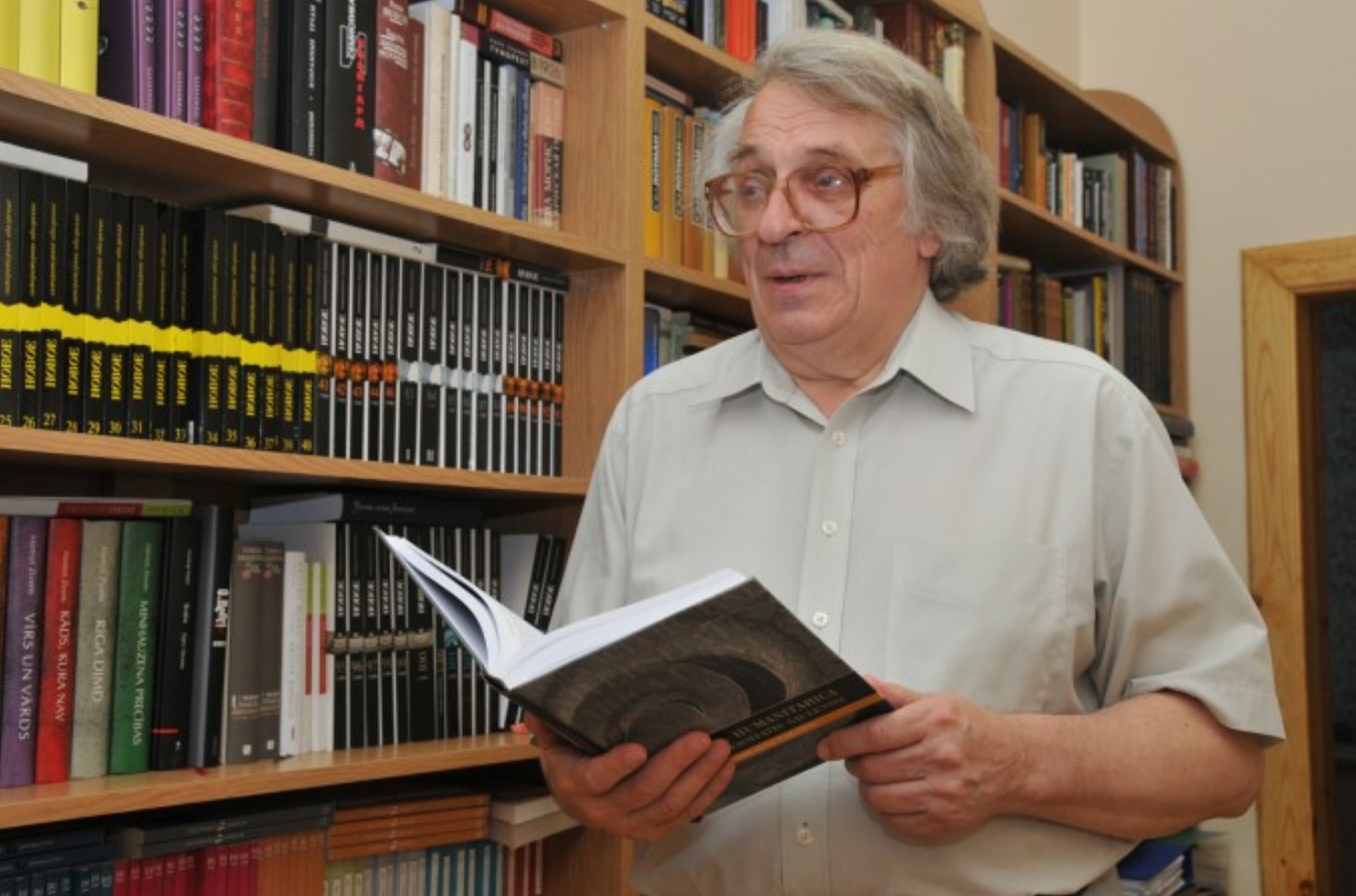
ЭТЮД О ДВИНСКЕ
Etude on Dvinsk by F.Fedorov
The Baltic region is one of the most catastrophe prone regions of the 2nd millennium, especially its second part; it is the centre of attraction of ‘geopolitical’ interests of the European world. Probably the most tragic fate has befallen to the eastern part of the present Latvia and its multi-titled town of Dinaburg – Dvinsk – Daugavpils. During its 730 years long history, the town went through five rather autonomous periods of development, five different lives (German, Polish, Russian, Latvian, Soviet), and at the beginning of the 1990s it entered into the 6th period.
The history of Dinaburg – Dvinsk – Daugavpils is the history of five attempts by the town to begin its life anew; and this is determined not only by the fact that the town was four times burned down and had to start life from scratch, but first and foremost because each of these periods was characterized by a total change of ethnos and the socio-cultural field.
The present article deals with the cultural space of the town in one of the most efficient periods of its development – from the 1860s till World War I.


